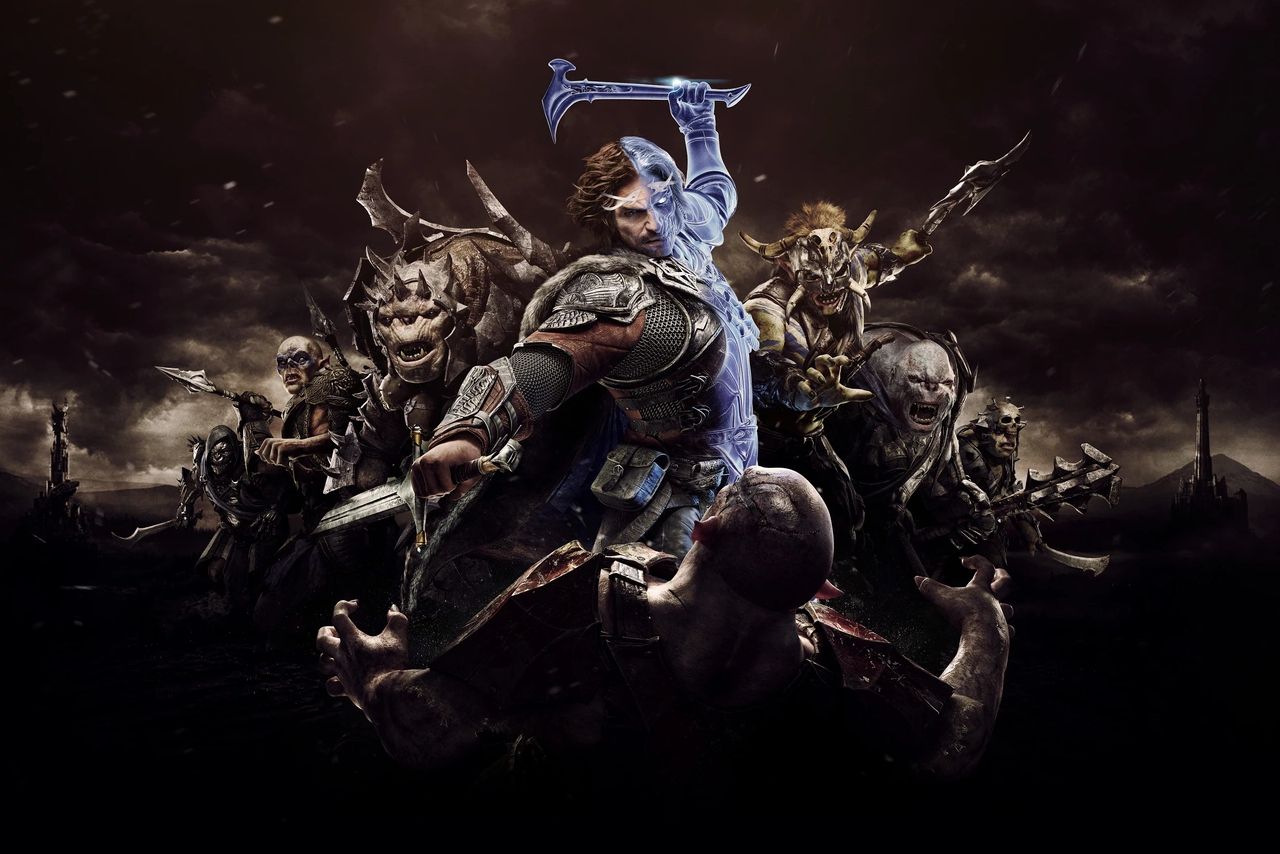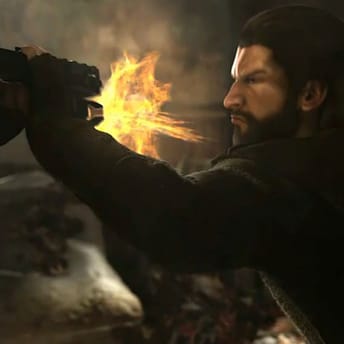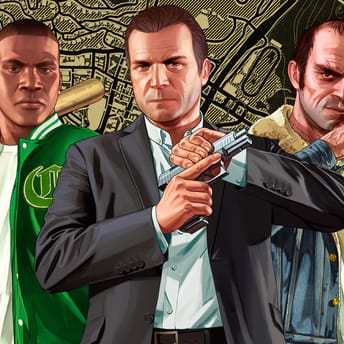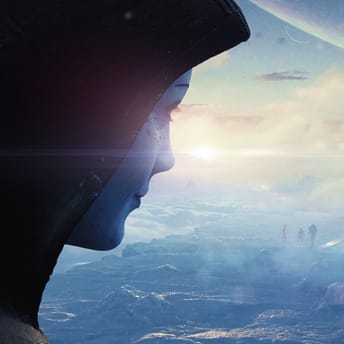Nemesis System Was Created to Fight Secondhand Game Sales, Reveals Former WB Games VP

|
|
Key points
- Middle-earth: Shadow of Mordor’s Nemesis system was designed to discourage game reselling.
- The idea stemmed from losses suffered after Arkham Asylum when secondhand disc sales outpaced new purchases.
- Warner Bros. owns the patent for Nemesis until 2036, but after Monolith’s closure, the system’s future is unclear.
The Nemesis system was created to fight game reselling, according to former Warner Bros. Games Seattle vice president Laura Fryer.
The Nemesis system—one of the most innovative features in modern single-player game design—wasn’t just built to make orcs smarter. It was designed to stop you from trading in your disc.
In a recent video on her YouTube channel, Fryer revealed that the now-iconic system, introduced in Middle-earth: Shadow of Mordor (2014), was developed in direct response to a growing problem in the industry: secondhand game sales.
After the release of Batman: Arkham Asylum in 2009, sales dropped off fast but not because people weren’t interested. Players were just finishing the game and returning it to a retailer, who then resold it.
“More people were playing than were paying,” Fryer explained. “Retailers like GameStop would resell those returned copies and keep the profit. Developers, on the other hand, only made money on the first sale. They were losing millions.”
That situation pushed Monolith Productions to rethink how they approached single-player experiences. They couldn’t compete with GTA’s open-world scale or pivot to multiplayer, but they needed a reason for players to hang onto the game. The creation of a system that made each playthrough feel personal and irreplaceable became the answer.
The Nemesis system is an AI-driven mechanic where enemy characters remember player interactions, react dynamically and evolve over time. It gave players unique rivalries and emergent storytelling that couldn’t be replicated in another playthrough or a secondhand copy. “Make it so good people don’t want to sell it,” Fryer said. “Make them want to keep it forever.”
The Nemesis system was widely praised by gamers and set a new bar for interactive storytelling. Warner Bros. patented the technology, and plans to revive it in a Wonder Woman title were scrapped when the project was canceled and Monolith shut down. The patent lasts until 2036, but with the studio gone, the system’s future remains uncertain.














